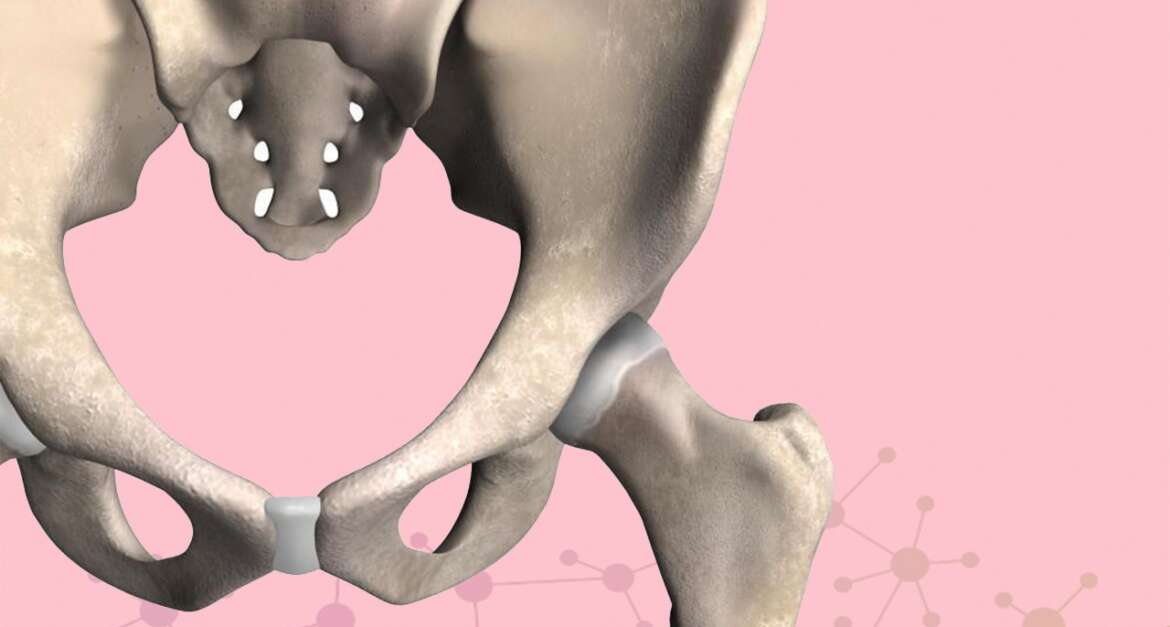The spinal column (backbone) can be broken or dislocated depending on the location of the fracture. Injury or trauma caused by falls, sports, car accidents, or high-speed impacts is the primary cause of spinal fractures. They can result in mild muscle strains and ligament tears to more severe injuries, including fractures and damage to the spinal cord. A minor spine fracture can usually be treated with medication and rest, but more severe fractures may require surgery to realign the bones. Spinal fractures can result in paralysis, spinal cord injury, nerve damage, and permanent spinal cord injury if left untreated.
There are several types of spinal fractures:
- Chance fracture:
- Axial burst fracture:
- Compression fracture
Symptoms
A fractured spinal column can cause various symptoms based on the location and severity of the injury. Occasionally, spinal cords are not entirely severed in fractures, and not all fractures result in spinal cord injuries. As a result of a spinal fracture, the patient will typically experience back pain that worsens with movement.
The following symptoms may result from a spinal fracture:
- Tingling or numbness
- Pain in the back or neck
- Uncontrolled muscle spasms
- Weakness or paralysis of limbs
- Loss of urinary or bowel control
Patients who lose consciousness after a high-energy trauma should be evacuated and treated immediately.
Causes
An orthopedic injury that results in a spinal fracture typically occurs with a high-velocity impact, such as:
- Sports accident
- Fall from height
- Car or motorcycle accident
- Violent act (gunshot wound or assault)
Another condition that causes spinal fractures is:
- Osteoporosis
- Spinal tumors
- Conditions underlying vertebral deterioration
Diagnosis
Emergency Medicine specialists are best suited to evaluate spinal fractures. A doctor may also recommend other diagnostic tests based on your injuries, such as:
- X-rays are done to determine whether the spine has any fractures or abnormal movements
- A CT scan of the spine is used to see any changes in the bones
- R.I. scans detect soft tissue injuries to ligaments and discs, and spinal cord injuries are assessed
Treatment
A spinal fracture is treated by stabilizing the individual as soon as it occurs. You may use a backboard, stretcher, or cervical collar to restrain the person, so they do not move and further injure themselves. In the event that a fracture falls below the level of stabilization, emergency medicine physicians at Penn will determine whether structural treatment is required. Treatment of minor fractures may be non-surgical when cervical bracing, rest, and time are employed. In unstable fractures, surgery may be recommended to alleviate pressure on the spinal cord and stabilize the spine.
Following emergency treatment for fractures of the spine, treatment for spine fractures may include:
- Treatment and rehabilitation of physical disabilities
- By drugging to manage such conditions as:
- Pain
- Blood pressure
- Muscle spasticity
- Other health issues
- Bowel and bladder dysfunctions
- Physical medicine and rehabilitation specialists can help develop and oversee a long-term rehabilitation program.

